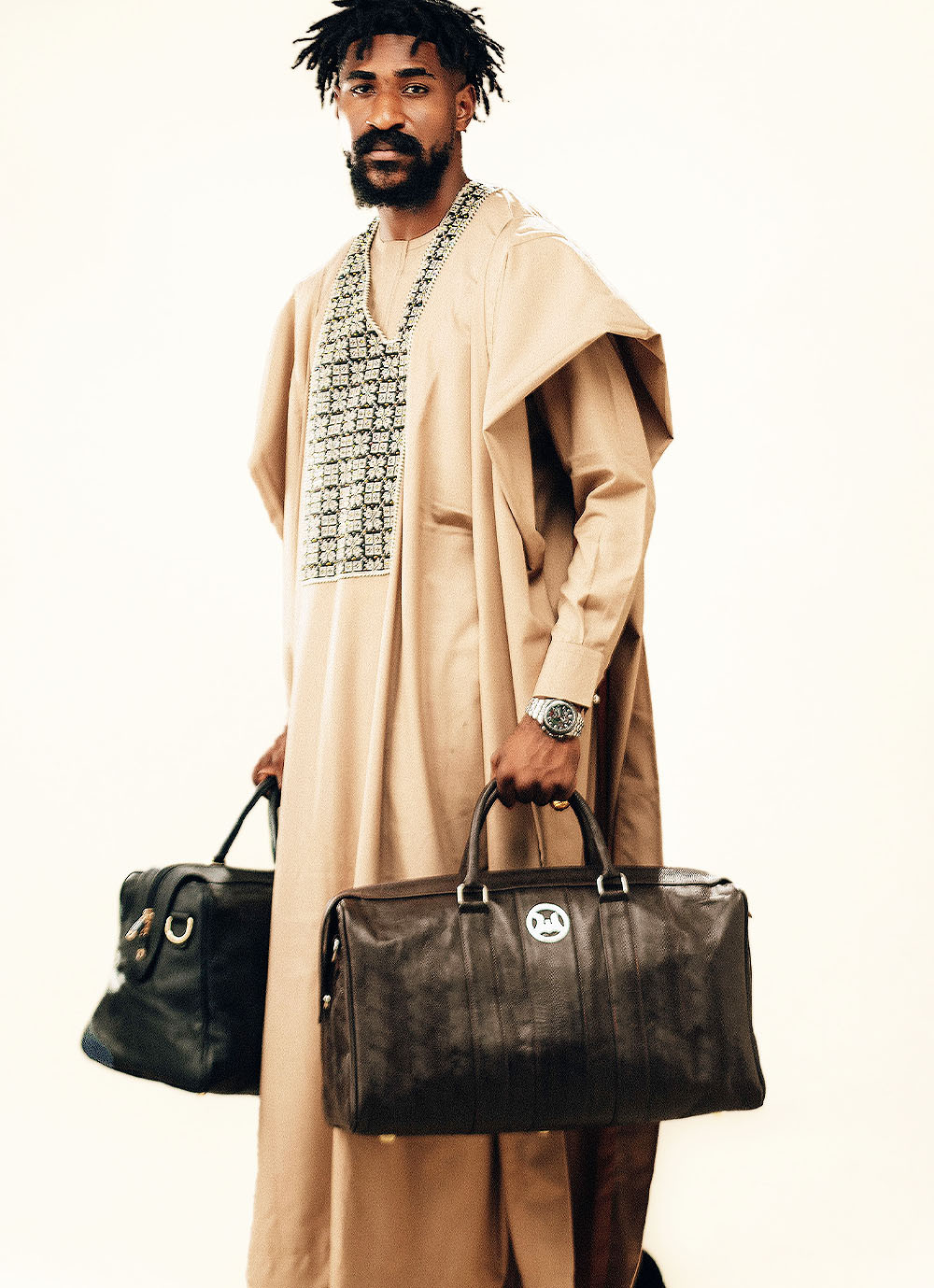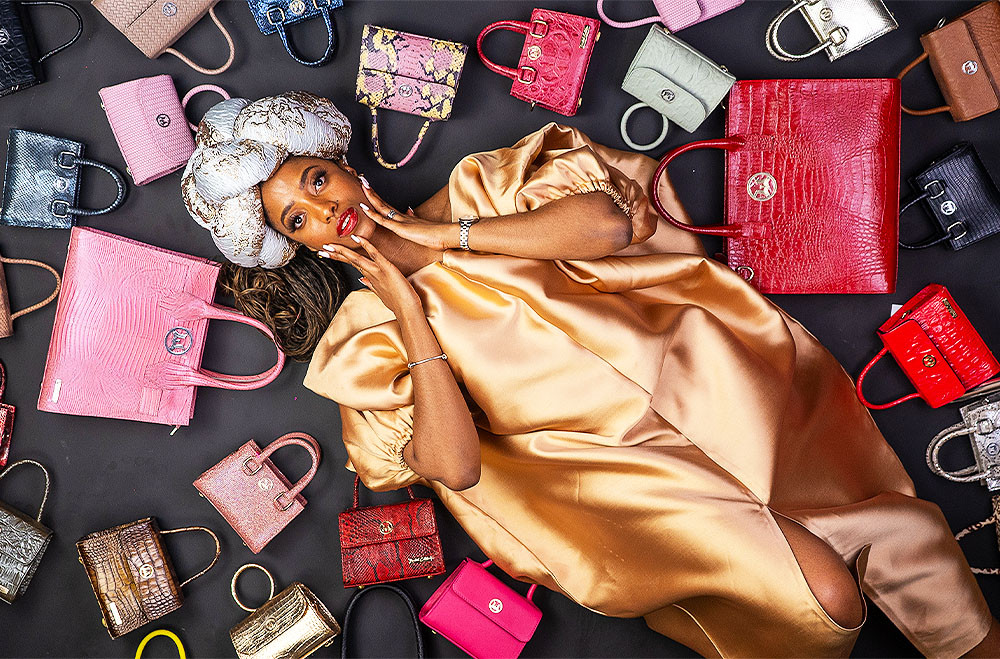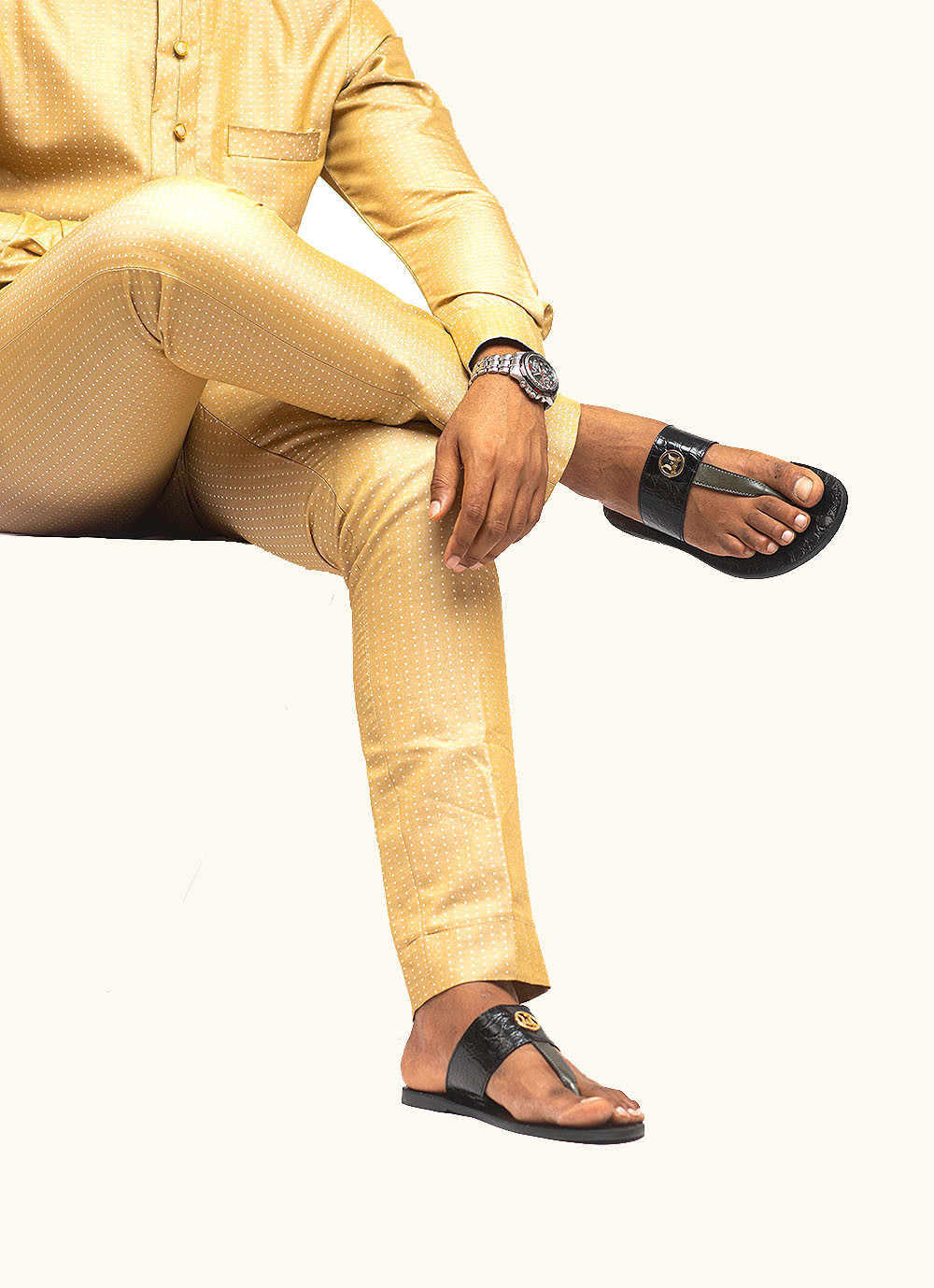Shop through our eclectic range of women’s bags.
Shop Collection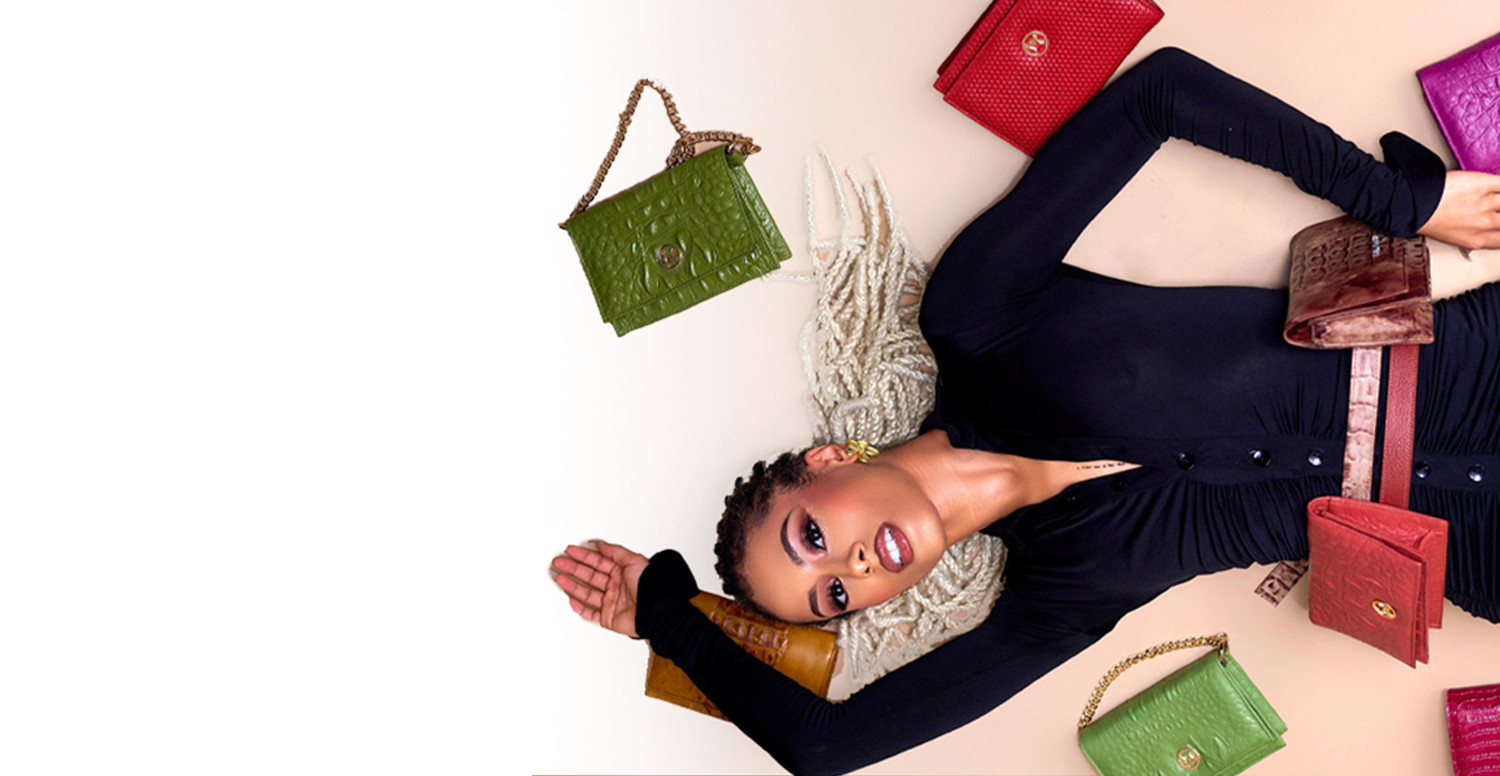
FLOWERS OF
AFRICA
“Flowers of Africa” is a tribute to our roots
— reclaiming the beauty, power, and
craftsmanship of African-sourced leather, and
giving credit back to the hands and heritage it truly belongs to.
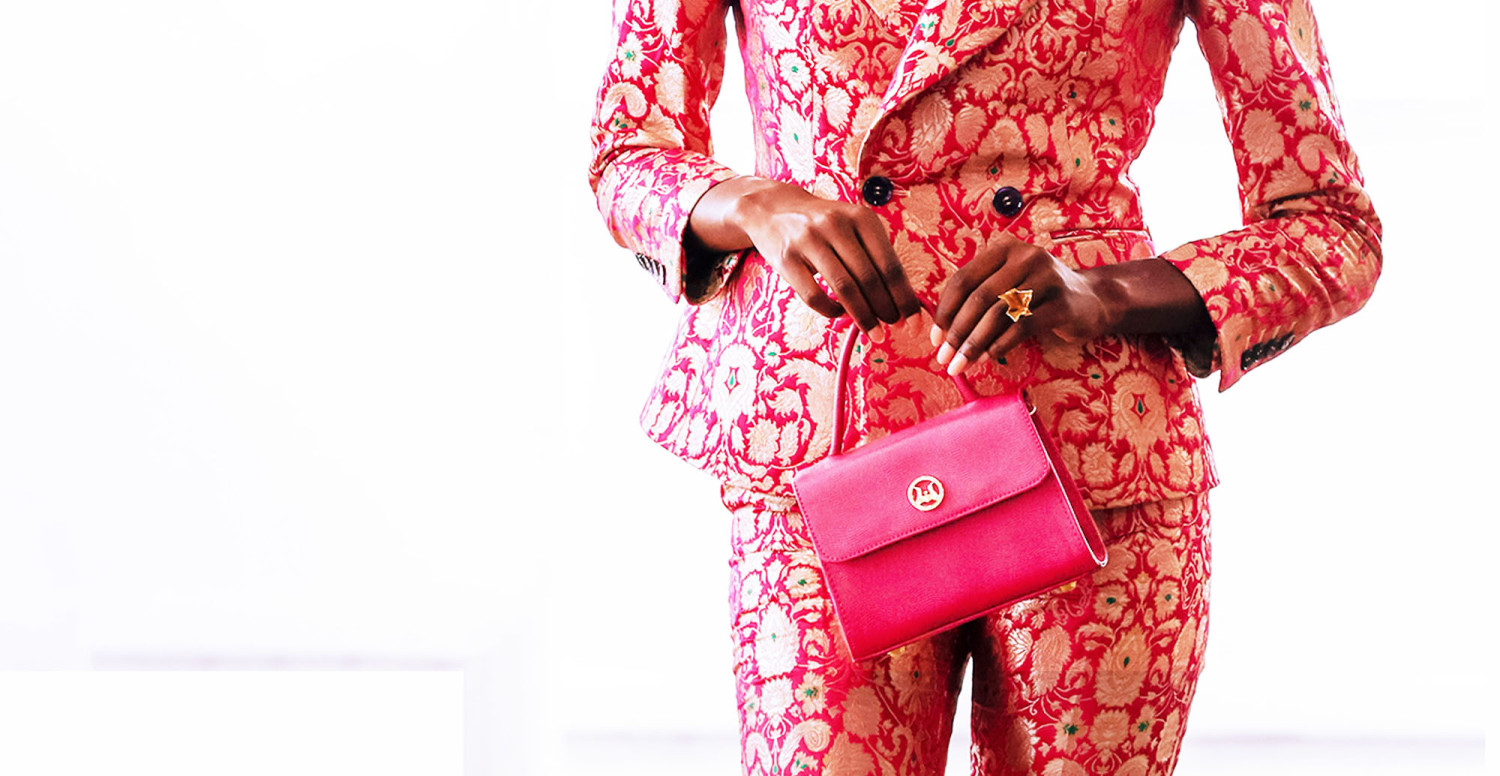
THE
TOKYO
Go trendy with the youthfulness of the Tokyo bag
that is all the rave now.

THE LUXURIOUS
VOYAGER
The Travel Collection is designed to create ease and
flexibility for travelers without losing the essence of
beauty and luxury.
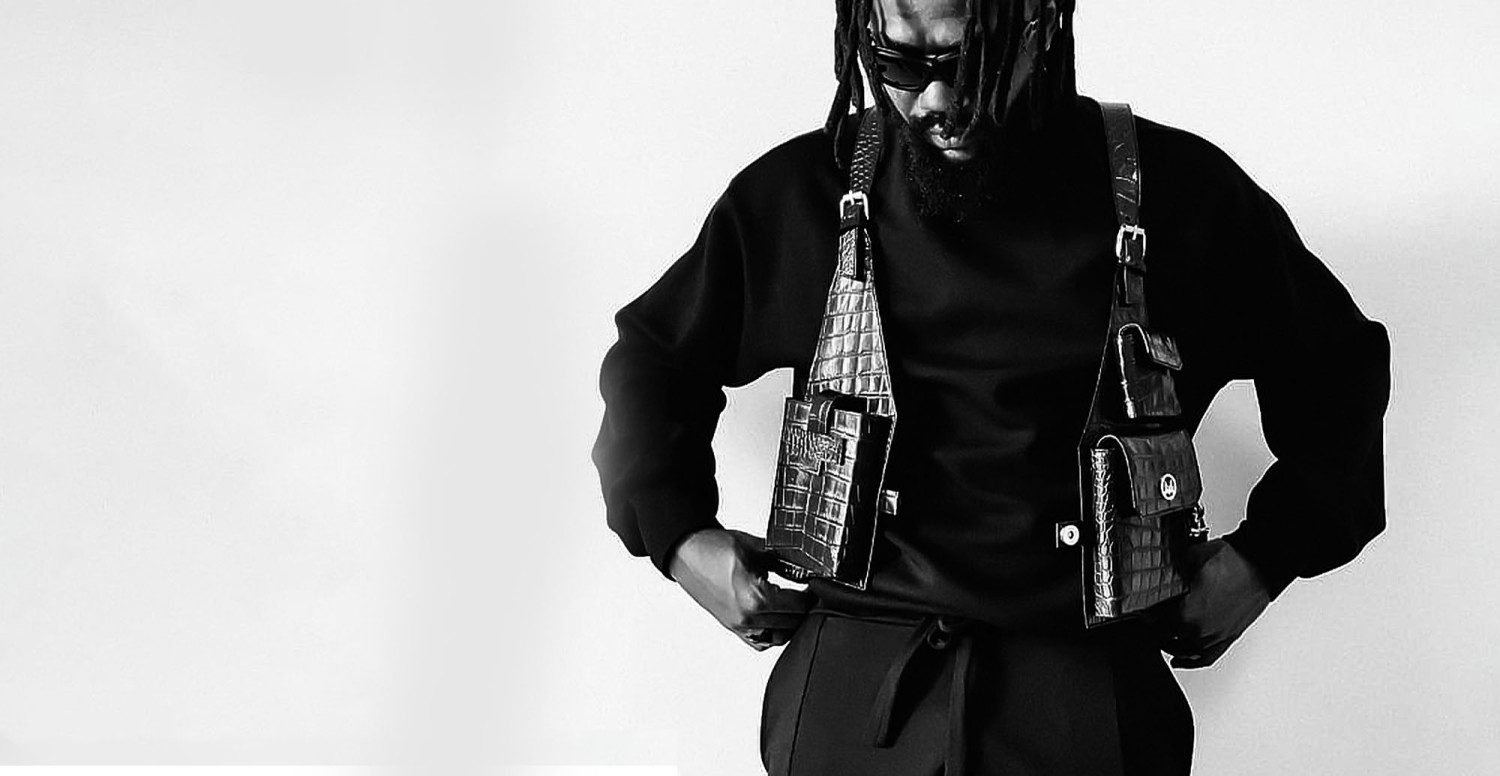
UTILITY
VEST
Edgy, modern and cosmopolitan.
The Utility Vest is an essential masterpiece for the urban individual.

THE
DAKAR
This elegant clutch design adds class to any outfit.
The chain strap hangs across the shoulder for a hands-free look.
A best seller, no less.
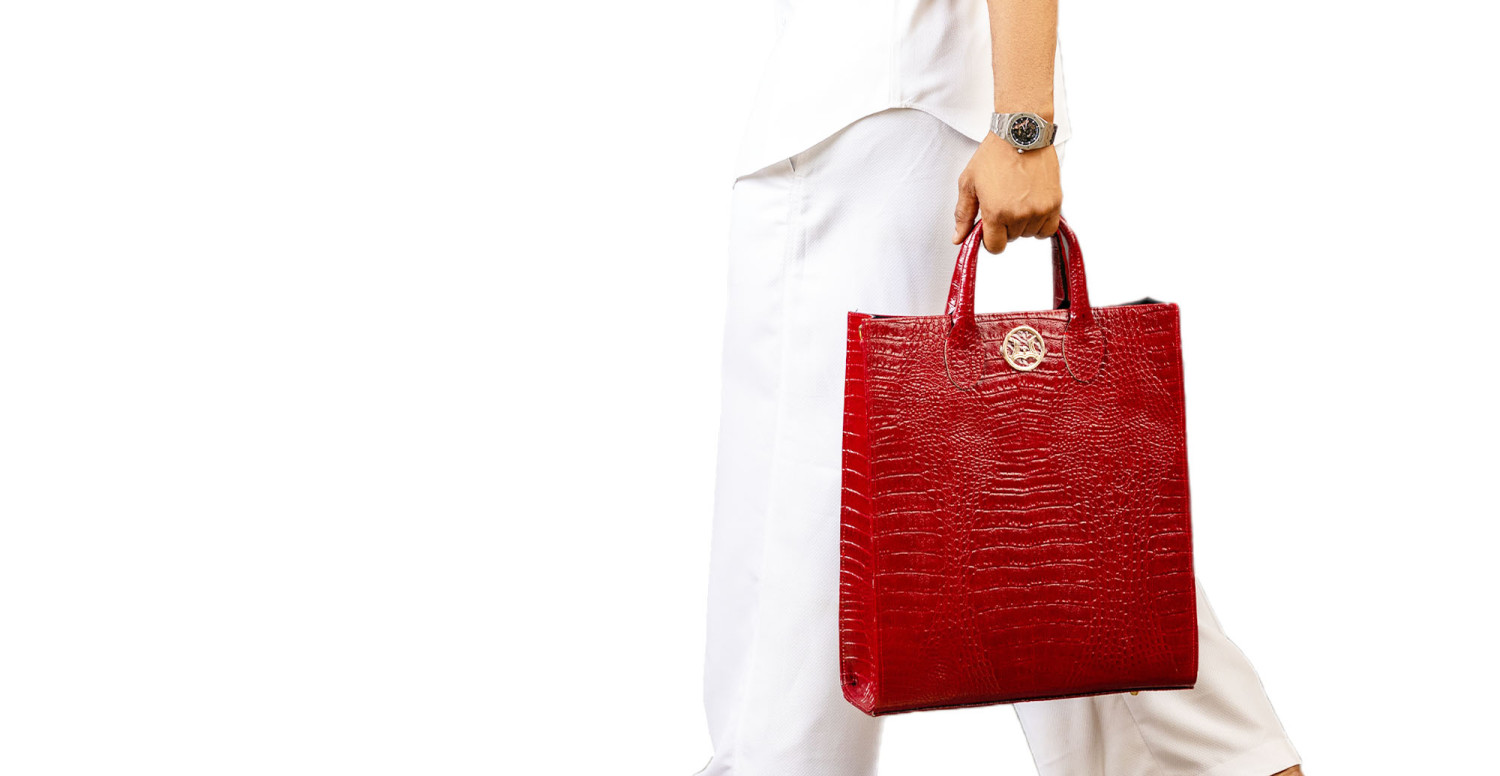
MAN
TOTE
Discover the sophisticated trend of the Man Totes in multiforms.
A bag fit for Kings.
Winston
WINSTON LEATHER IS A LUXURY BRAND REGISTERED IN NIGERIA. EACH PRODUCT SOLD HERE IS MADE FROM GENUINE TRADEMARK WINSTON LEATHER AND BRANDED WITH OUR SEAL OF APPROVAL.



